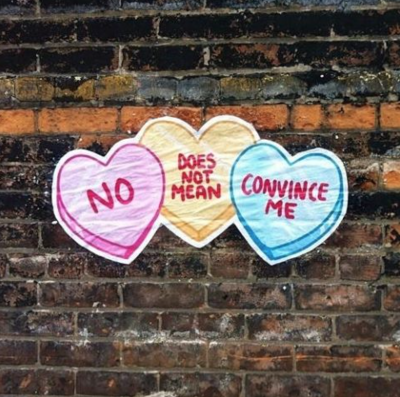
April is Sexual Assault Awareness Month (SAAM). This cause is represented by the awareness color teal.
Roots of the Sexual Assault Awareness Month Movement
As long as there have been people who care about making the world better, there have been individuals advocating for sexual assault prevention. In the United States, movements for social change and equality started to gain traction in the 1940s and 1950s. This started with the civil rights era. Limited, open discussion of the realities of sexual assault and domestic violence were the reality. Activists for equal rights, however, began to challenge the status quo.
Black women and women of color championed efforts during this time . Advocates like Rosa Parks worked at the intersections of race-based and gender-based violence. Wide social activism around the issue of sexual assault continued into the 1970s. Support for survivors and heightened awareness increased. San Francisco founded the first rape crisis center in 1971. Seven years later, San Francisco held the first Take Back the Night event.
The following decades mobilized survivors and advocates to call for legislation and funding that would support survivors. An example of this is the Violence Against Women Act of 1993 (VAWA).
The Birth of the Teal Ribbon for Sexual Violence
Monumental changes like VAWA demonstrated that national efforts promoting sexual violence prevention were needed. Even before SAAM was first nationally observed in 2001, advocates had been holding events, marches, and observances. These were related to sexual violence, and took place during the month of April. Sometimes the observances were a week-long “Sexual Assault Awareness Week.”
To further coordinate awareness and prevention efforts, in 2000, the newly launched National Sexual Violence Resource Center and the Resource Sharing Project polled sexual violence coalitions. They asked organizations about their preferred awareness color, symbol, and month for sexual assault awareness activities. The results showed that those in the movement preferred a teal ribbon as a symbol for sexual assault awareness and SAAM as we know it was born.
Statistics About Sexual Violence
Sexual violence is a very serious public health problem that affects millions of women and men.
Sexual Violence and Sexual Assault Awareness Week
In the United States, 1 in 5 women have experienced completed or attempted rape. Most victims first experienced sexual violence before age 25. Statistics underestimate the problem because many victims do not tell the police, family, or friends about the violence.
Definition of Sexual Violence
When consent is not freely given, sexual violence has occurred. This includes completed or attempted sex acts that are against the victim’s will or involve a victim who is unable to consent.
Sexual violence impacts health in many ways and can lead to long-term physical and mental health problems. For example, victims may experience chronic pain, headaches, and sexually transmitted diseases. They are often fearful or anxious and may have problems trusting others. Anger and stress can lead to eating disorders, depression, and even suicidal thoughts.
If you are or someone you know is a victim of sexual violence:
Contact the Rape, Abuse, and Incest National Network (RAINN) hotline at 1-800-656-HOPE. Help is free, confidential, and available 24/7.
Volunteer to help others. Click here for a link to Sexual Assault Awareness Month volunteer opportunities.
(Image: hercampus.com ; Content: cdc.gov)
#saam #sexualassault #rainn #awareness #rapeculture #rapesurvivor #survivor #assault #consent #consentissexy #violence #health #mentalhealth #anxiety #depressed
